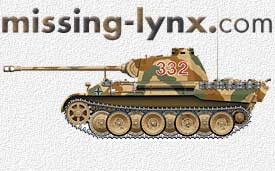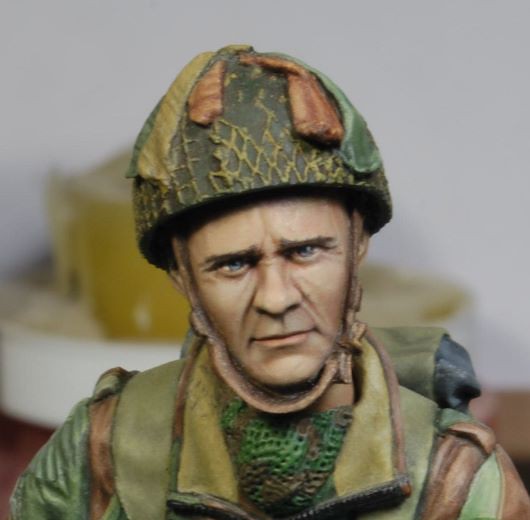It must take both! I've dabbled with figure painting, and I've never really felt 100% happy with any result - even though I've spent hours redoing, revising and retouching. I just think that I'm lacking that 'talent', whether it's technique, or artistic touch. I'll no doubt have another go at figure painting, but despite watching & reading tutorials, I don't seem to improve.....................
Dave
Dave






Comment